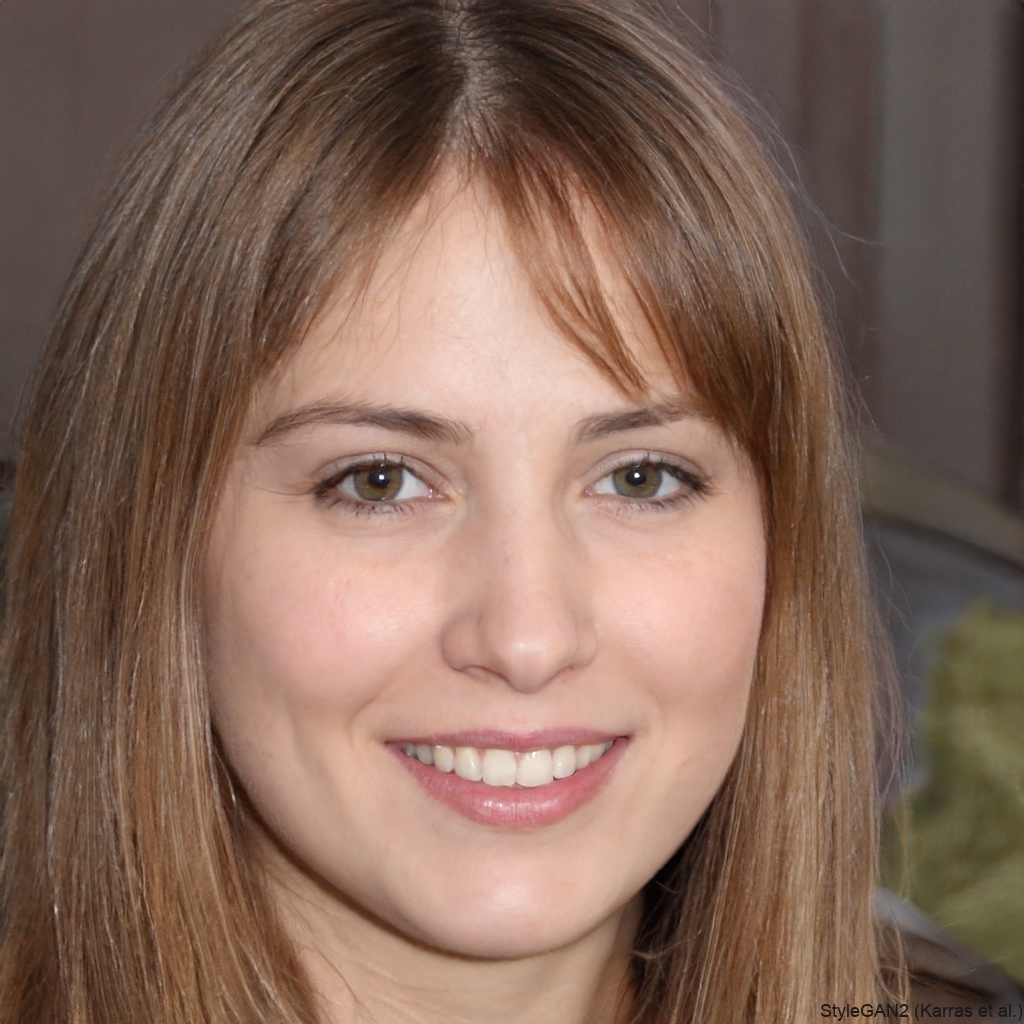Learning how to greet people in German boosts your language skills. It also helps you connect with a culture deeply rooted in Europe. German is the most spoken native language in the European Union, so knowing a simple ‘Hallo’ or ‘Guten Tag’ shows respect and appreciation for that culture. This can lead to better friendships and smoother professional interactions in Germany, Austria, and Switzerland.
25 Unique Ways to Say Hello in German

| German Greeting | English Translation |
| Hallo | Hello |
| Guten Tag | Good day |
| Grüß Gott | God’s greetings (used in Southern Germany and Austria) |
| Servus | Hello/Goodbye (informal, used in Southern Germany and Austria) |
| Moin | Hi (used in Northern Germany) |
| Grüezi | Hello (Swiss German) |
| Guten Morgen | Good morning |
| Guten Abend | Good evening |
| Mahlzeit | Hello (literally “mealtime”, used around lunchtime) |
| Na | Hey |
| Wie geht’s? | How’s it going? |
| Hallöchen | Hello (cute/informal) |
| Tach | Hello (informal, short for “Guten Tag”) |
| Salü | Hi (from French, used in Southwest Germany) |
| Grüß dich | Greetings to you |
| Tag | Day (short for “Guten Tag”) |
| Ahoi | Ahoy (used in coastal regions) |
| Willkommen | Welcome |
| Hi | Hi (English loanword) |
| Sei gegrüßt | Be greeted |
| Tagchen | Little day (cute version of “Tag”) |
| Alles klar? | Everything clear? (informal greeting) |
| Was geht? | What’s up? (very informal) |
| Griass di | Hello (Bavarian dialect) |
| Gude | Hello (Hessian dialect) |
Conclusion
In short, knowing how to say hello in different German ways shows the rich culture behind the language. When you use these greetings, you better understand German and learn more about the people and their customs. Using these phrases daily can make your talks with German speakers more real and respectful. So, knowing these greetings is helpful if you want to connect well with people in German-speaking places.

